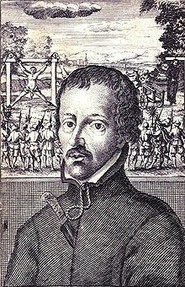 When Guy Fawkes was eleven, an important visitor appeared at Mount St John, in Thirsk, Yorkshire, the home of his Harrington relatives.
When Guy Fawkes was eleven, an important visitor appeared at Mount St John, in Thirsk, Yorkshire, the home of his Harrington relatives.
(I'd better add a disclaimer here, considering the surname. As far as I know, there is no genealogical link between my own family and this branch of Harringtons. It is amusing me though.)
The Harrington family were well known on the underground Jesuit circuit. Their house was full of priest holes, which were regularly put to good use. Guy Fawkes would have been very familiar with illegal priests nipping in and disappearing into hiding places.
In the summer of 1581, the priest was just a little more high profile than usual. It was Edward Campion (later made Saint), who was making use of the facilities. His sermons were stirring enough that fifteen year old William Harrington immediately joined the priesthood.
Guy was still only eleven when Campion (pictured above) was seized in Norfolk and taken to the Tower of London. After four months of torture, including three sessions on the rack, Campion was tried and found guilty of High Treason. He was hanged, drawn and quartered.
It was a foreshadowing of precisely what would happen to Guy too. Nor was it his only warning.
The whole Harrington family had been named as harboring him, and they too were indicted, losing property and status in the process. They openly converted to Protestantism to avoid further censure.
However, young William Harrington was in France by now, receiving holy orders. In 1592, he would return to spread the Catholic word around the South of England. He wasn't alone in that and one of his fellow Jesuits was captured. Henry Donne (brother of John) gave Harrington's name under torture. It saved Donne's life, allowing him to take orders in the Church of England instead.
For William Harrington, the cousin of Guy Fawkes, there was a much darker Fate. Also taken to the Tower of London for torture, he refused to name names. In 1594, he was conveyed to Tyburn and hanged.
There's no evidence that Guy Fawkes watched his relative die, but it's possible. He left for Flanders that same year.



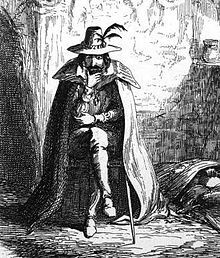 Guy Fawkes was the leader of a gang of rebels, who tried to blow up the king.
Guy Fawkes was the leader of a gang of rebels, who tried to blow up the king. 



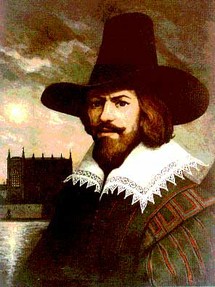 Sometimes what a ruler and his government really needs isn't reality, but what is perceived to be so. Only the very naive believe that it doesn't still happen now.
Sometimes what a ruler and his government really needs isn't reality, but what is perceived to be so. Only the very naive believe that it doesn't still happen now.


 When Guy Fawkes was eleven, an important visitor appeared at Mount St John, in Thirsk, Yorkshire, the home of his Harrington relatives.
When Guy Fawkes was eleven, an important visitor appeared at Mount St John, in Thirsk, Yorkshire, the home of his Harrington relatives.



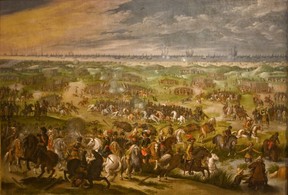 Guy Fawkes had traveled to the continent with a Catholic priest, whom he'd met at Mount St John.
Guy Fawkes had traveled to the continent with a Catholic priest, whom he'd met at Mount St John. 


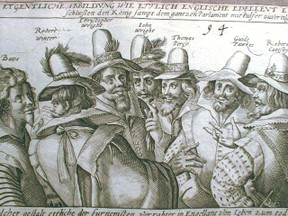
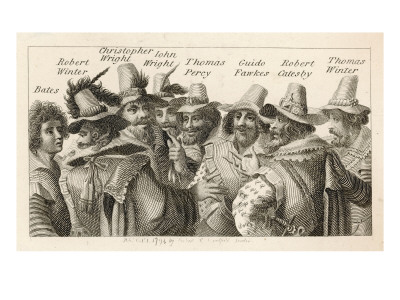
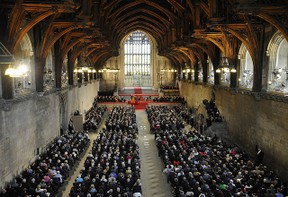 The plan was to use gunpowder to blow up Westminster Palace, during the state opening of Parliament.
The plan was to use gunpowder to blow up Westminster Palace, during the state opening of Parliament.
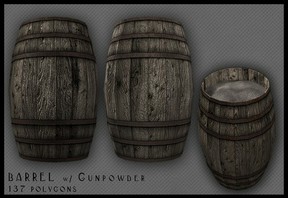



 You can always spot a good spin on the truth, when you're being asked to believe two contradictory things simultaneously. Guido was a traitorous soldier; and Guido was a miner.
You can always spot a good spin on the truth, when you're being asked to believe two contradictory things simultaneously. Guido was a traitorous soldier; and Guido was a miner.


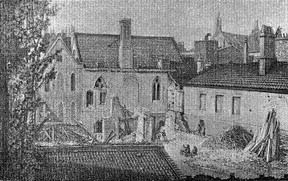 What we do know for sure is that Guido, after procuring the gunpowder in Essex and having it delivered to Catesby's house in Lambeth, now moved into Westminster.
What we do know for sure is that Guido, after procuring the gunpowder in Essex and having it delivered to Catesby's house in Lambeth, now moved into Westminster.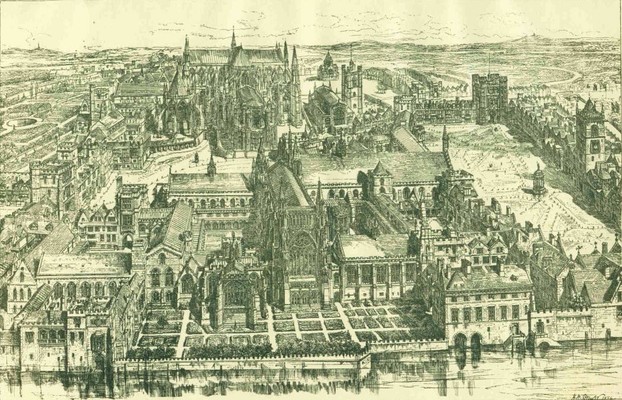
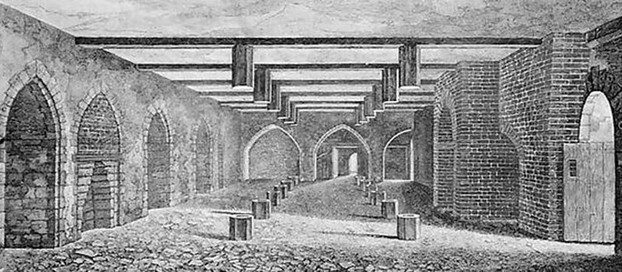

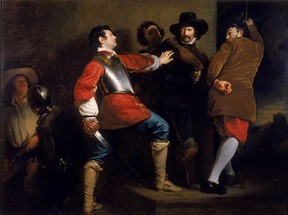 Towards the end of October, beginning of November 1605, Guido was back in Westminster. A date of November 5th had been given for the State Opening of Parliament, so it was time for his services to be employed again.
Towards the end of October, beginning of November 1605, Guido was back in Westminster. A date of November 5th had been given for the State Opening of Parliament, so it was time for his services to be employed again. 
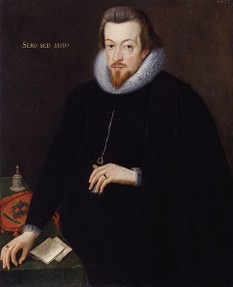 It's a given that some aspects of the story were stage-managed or fabricated by Robert Cecil (pictured) after the event. The tunnel is a case in point.
It's a given that some aspects of the story were stage-managed or fabricated by Robert Cecil (pictured) after the event. The tunnel is a case in point.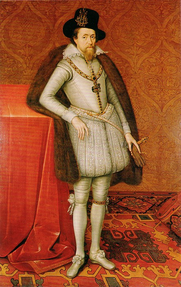 Imagine if Osama bin Laden had been hauled into the Oval Office and personally interviewed by Barack Obama.
Imagine if Osama bin Laden had been hauled into the Oval Office and personally interviewed by Barack Obama. 



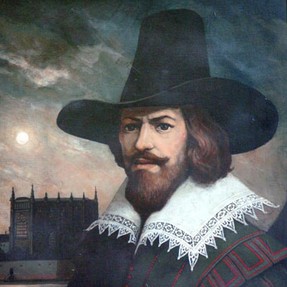 Guido Faukes could have only been tortured if his guilt had already been established beyond the shadow of a doubt.
Guido Faukes could have only been tortured if his guilt had already been established beyond the shadow of a doubt.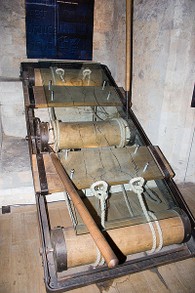
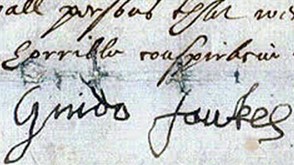

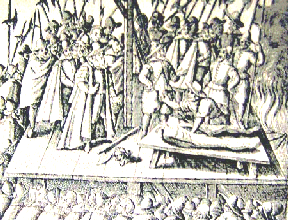
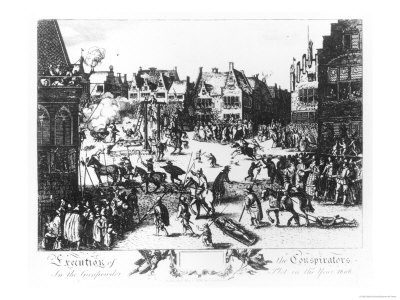








 St Tydecho's Churches in West Waleson 09/03/2014
St Tydecho's Churches in West Waleson 09/03/2014
 Goodies for an Outlander Premiere Partyon 03/06/2015
Goodies for an Outlander Premiere Partyon 03/06/2015
 Holocaust Memorial Day Interview with Rainer Höss, Grandson of Rudolf Architect of Auschwitzon 01/24/2015
Holocaust Memorial Day Interview with Rainer Höss, Grandson of Rudolf Architect of Auschwitzon 01/24/2015
 Romantic Valentine Gifts for an Outlander Fanon 01/16/2015
Romantic Valentine Gifts for an Outlander Fanon 01/16/2015

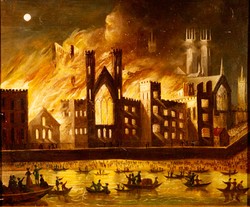
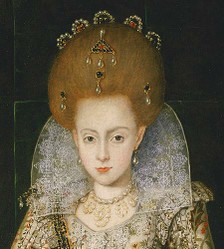
Comments
No, the one further down, about exploding the House of Commons. It's an hour long, but very much worth it. I was totally immersed in watching it.
Hi Jo, I didn't watch any of the videos. Are you talking about one of the animated videos near the top?
Thank you and I'm glad. :D Did you watch the documentary too? It was really interesting.
Great work Jo. I enjoyed reading that.
Mike
I'm glad that you think so; and thanks for the extra information. I did wonder how Bonfire Night is celebrated in Guy Fawkes's home town. Or not celebrated, as the case appears to be!
Excellent and very comprehensive!
Friends of mine went to St Peter's school, York, Guy Fawke's school. November 5th Bonfire Night has never been celebrated there.